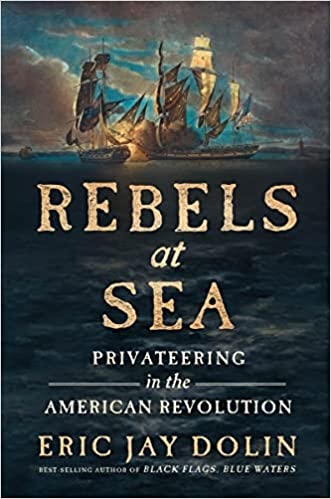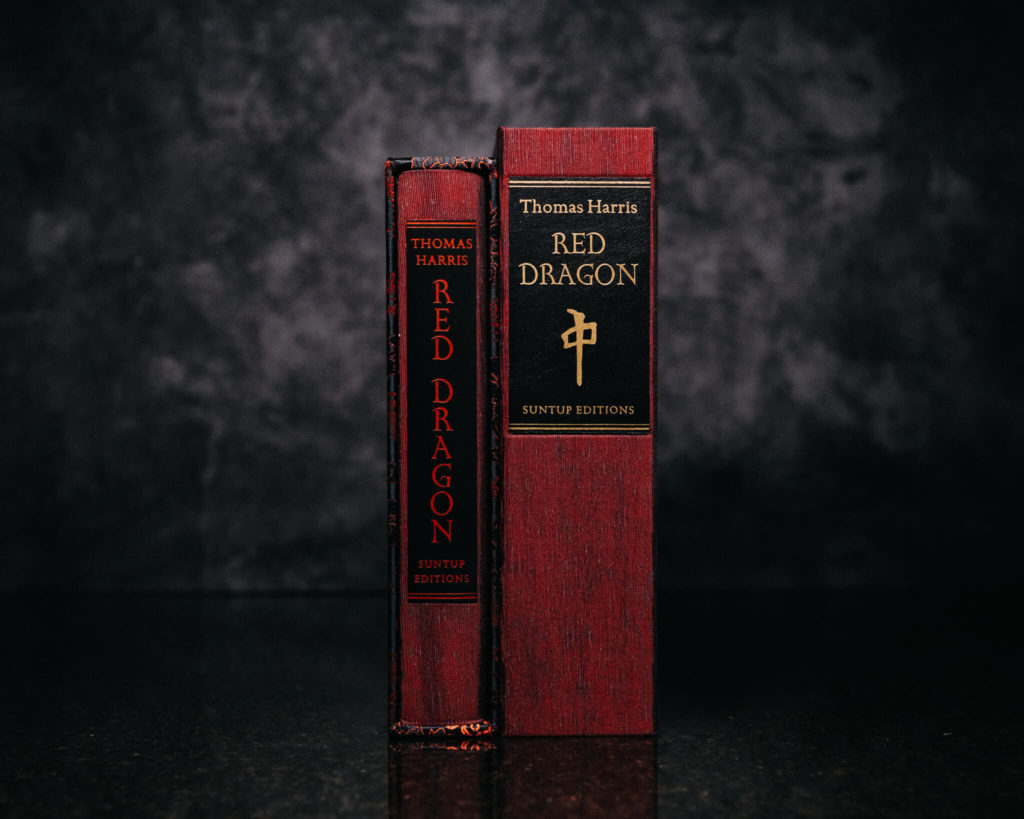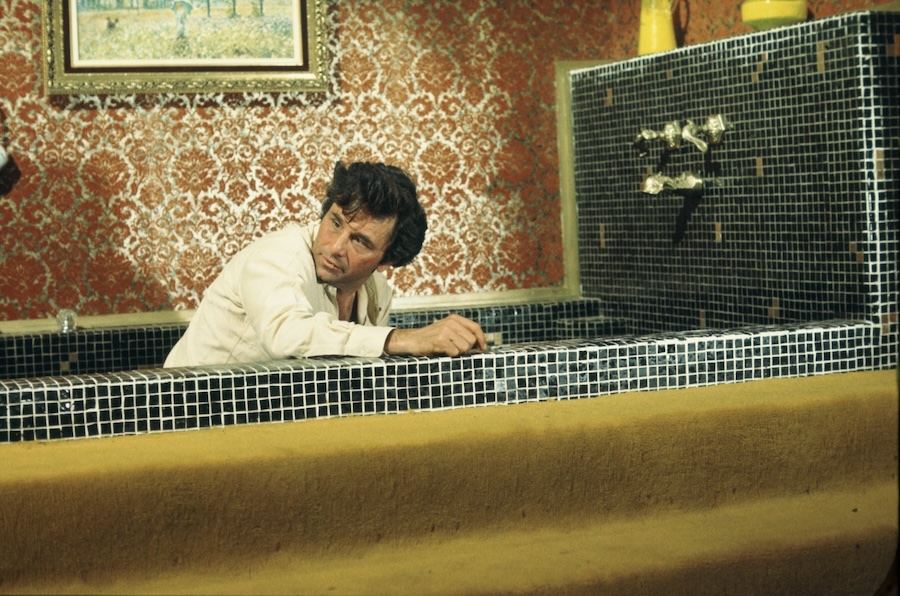Summary: The heroic story of the founding of the U.S. Navy during the Revolution has been told before, yet missing from most maritime histories of America’s first war is the ragtag fleet of private vessels, from 20-foot whaleboats to 40-cannon men-of-war, that truly revealed the new nation’s character—above all, its ambition and entrepreneurial ethos.
In Rebels at Sea, best-selling historian Eric Jay Dolin corrects that significant omission, and contends that privateers, though often seen as profiteers at best and pirates at worst, were in fact critical to the Revolution’s outcome. Armed with cannons, swivel guns, muskets, and pikes—as well as government documents granting them the right to seize enemy ships—thousands of privateers tormented the British on the broad Atlantic and in bays and harbors on both sides of the ocean. Abounding with tales of daring maneuvers and deadly encounters, Rebels at Sea presents the American Revolution as we have rarely seen it before. (Summary and pic from goodreads.com)
My Review: I was given a free copy of this book in exchange for an honest review.
When I think of privateers, I can’t help but look back at the movie “Pirates of the Caribbean: On Stranger Tides” where my particular favorite pirate (we all have one), Barbossa, is a privateer. I have to admit that my favorite pirate becoming a privateer in the “Pirates” franchise is a large part of why I read this book. Pirates are always awesome, and privateers are just legal pirates, right? Right.
Despite how obvious it seems that the Americans during the American Revolution would have used privateers, because they were just fighting however they could, it never actually occurred to me what a large part privateers actually played. It was fascinating, really, and it was surprising to read such familiar names as Washington and Benjamin Franklin being all about privateering (although Franklin changed his tune at the end of the war) and both played a huge role in American privateering during the American Revolution.
This book’s chapters are divided into different aspects of privateering and a privateer’s life. They are long chapters with lots of information and pictures, which is also fun. There is also a section of glossy colored pictures in the middle of the book. Two of my favorite chapters were “A Privateersman’s Life” and “Privateering Triumphs and Tragedies.” Although the history was really interesting, and this book is obviously well-researched and documented, I really enjoyed reading about what the privateersman were like, who they were, and what they faced. There were some definite tragedies involving privateersman who had been captured and put on prison ships, and these tragedies rival anything horrible that has happened in American history.
This book was really informative and is written well, although it is quite heavy. I enjoyed reading small chunks at a time interspersed with my regular fluffy nonfiction reader. It made me feel smarter, and I found it so interesting and enjoyed learning about this very large part of the American Revolution that I had no idea about. I don’t know if I just missed this part in school or what, but the Americans were actually very successful at privateering during the Revolution and, as mentioned before, many famous revolutionaries were involved very heavily in privateering.
Another thing I enjoyed about this book was because it was so detailed, there were a lot of interesting connections made between the privateersman and the famous revolutionaries. For instance, a privateer turned normal citizen became a dentist and made George Washington’s dentures! Check out his pic of the last remaining full set of dentures! They don’t look comfortable, to say the least, and they were apparently made out of a strange conglomeration of things that don’t all seem to go together if you ask me including human teeth, lead, gold, elephant, walrus or hippopotamus ivory, as well as springs to help them open. So…yeah. Probably as unnatural looking as they were uncomfortable.
There were lots of interesting tidbits of information like this in the book, as well as the very interesting discussions of the Americans as privateers during the Revolutionary War. If you are into history, especially American or American Revolutionary history, you should definitely check this book out.
My Rating: 4 Stars
For the sensitive reader: There are some sad situations of enslaved peoples and some discussions of violence, but I would say its all pretty tame considering what history was really like.




